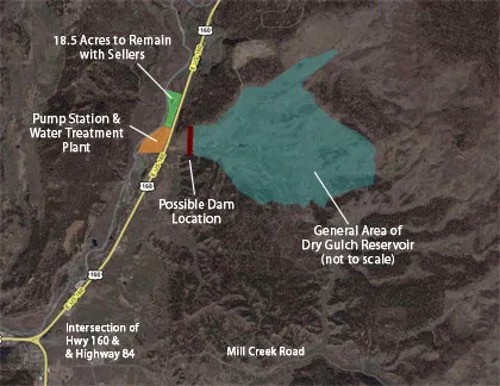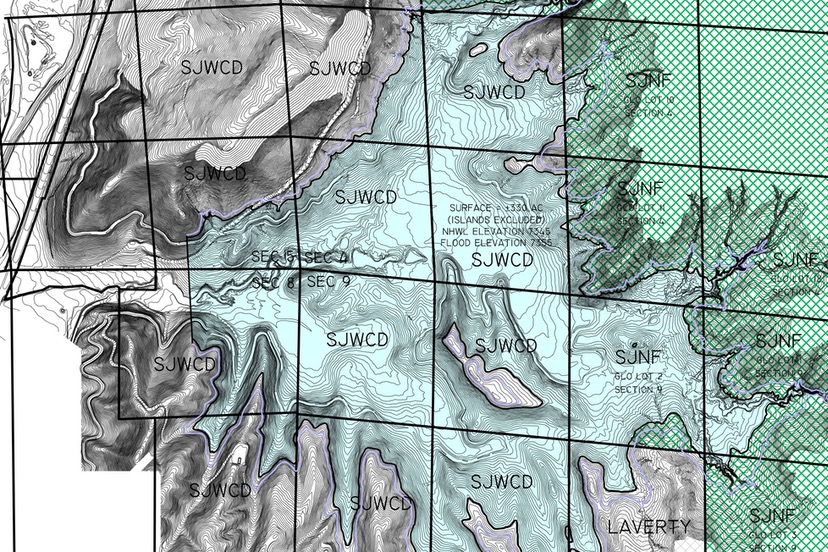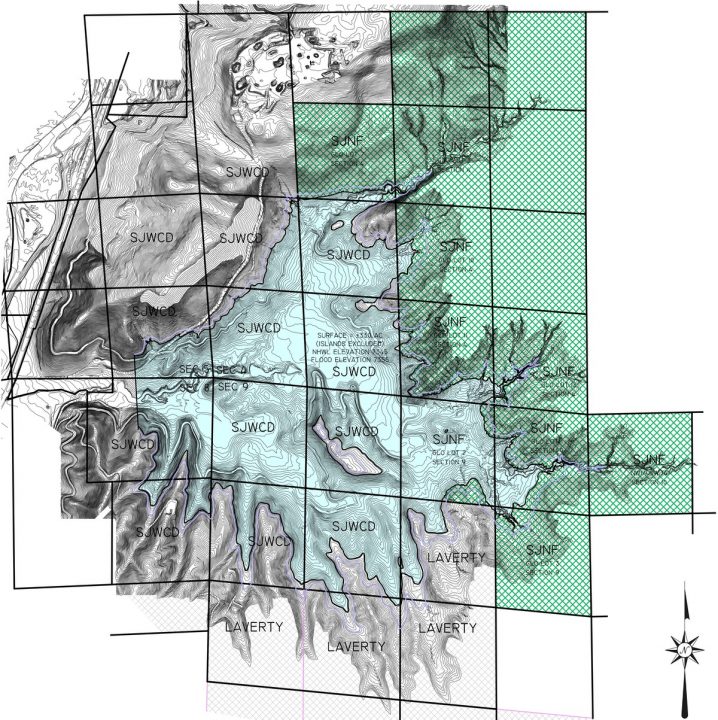In Part One, we discussed a new Department of Natural Resources work group mandated by Senate Bill 20-048, which will be looking at legal ways to control water rights speculation in Colorado.
According to a June 7, 2020 article on The Aspen Times website, written by reporters Heather Sackett and Luke Runyon, a deep-pocketed New York hedge fund called Water Assets Management (WAM) has bought up 1,659 acres in Colorado’s Grand Valley, making the corporation the largest landowner in the Grand Valley Water Users Association, the nonprofit canal company that delivers water to many Grand Valley irrigators. The hedge fund now owns about 7% of the land irrigated by the Government Highline Canal, the largest canal in Colorado’s Grand Valley.
That means the hedge fund also owns the valuable water rights attached to those farms.
From the Aspen Times article:
WAM, whose headquarters is on Madison Avenue in Manhattan, says it “seeks to be a leader in managing global water investments that solve water quality and availability issues,” according to its website…
“Everyone is very cautious about what these guys from New York are doing out here buying up our ground,” said [Grand Valley realtor Zay] Lopez. “I mean, honestly, it’s still kind of a mystery what their overall vision is.”
Because Colorado grants special privileges to water users who have rights dating back to the late 1800s and the first part of the 1900s, agricultural water rights established during the early days of settlement have a heightened value. What that value might be, if Colorado and the American West were to suffer a long-term drought, no one knows.
The first folks to use Colorado rivers and streams to generate income streams were the miners and farmers — back in the days when mining and farming were the only games in town. But those folks were using the water to actually produce something. To actually contribute to society. Some recent water speculators may be less interested in contributing to society, and more interested in… well, perhaps, the word ‘robbery’ comes to mind?
Not all water speculation is aimed at profiting off the taxpayers, however. Some speculation might even seem ‘well-meaning’.
I first came across the concept of “water rights speculation” in a rather different situation — during some research into the controversial Dry Gulch Reservoir project here in Pagosa Springs. Back in 2004, the Pagosa Area Water and Sanitation District (PAWSD) and the San Juan Water Conservancy District (SJWCD) applied to Durango water court judge Greg Lyman for new water rights for a proposed storage reservoir, and Judge Lyman approved the application for up to 64,000 acre-feet (AF), to be drawn annually from the San Juan River, purportedly to help mitigate the water shortages that would otherwise most certainly afflict Archuleta County residents by the year 2024.
Disclosure: I currently serve on the San Juan Water Conservancy District board, but this essay does not necessarily reflect the opinions of the SJWCD board as a whole or of any other SJWCD board members.
When Judge Lyman approved these new water rights in 2004, PAWSD was selling about 1,200 AF of drinking water to its customers. According to my pocket calculator, the judge was granting PAWSD and SJWCD future access to more than 50 times the amount of municipal water currently being delivered in Archuleta County. (PAWSD is still selling about the same amount of treated water, 16 years later.)
When I found John Orr’s article about the DNR anti-speculation work group on his Coyote Gulch website, I was surprised to see the story illustrated with the following image, credited to the Pagosa Daily Post:

Apparently, Mr. Orr thought our map was somehow appropriate in an article about “water speculation”?
I remember creating this illustration, back in 2008 or 2009. I was still learning how to run an online news magazine, and was not able to find a map of the proposed Dry Gulch Reservoir online — nor did I feel courageous enough to ask PAWSD and SJWCD for a copy of such a map. So I made my own. Not to scale, and not terribly accurate.
Here’s a more professional version of the map, created by Davis Engineering in 2009. You can click the image to see a slightly larger version.
Turns out the 64,000 AF water right request by PAWSD and SJWCD was a slight overreach on the part of the two water districts.
The fishing organization Trout Unlimited — always interested in protecting another valued resource — determined that this enormous water right allocation amounted to “water speculation”, and brought Judge Lyman’s decision before the Colorado Supreme Court, where they won a decision that sent the Dry Gulch water rights case back to Judge Lyman for reconsideration. THat court case is commonly referred to, among water experts, as ‘Pagosa I’.
PAWSD and SJWCD reduced their water rights request from 64,000 AF per year to 25,300 AF per year… and the revised request was approved by Judge Lyman. And again the decision was appealed to the Colorado Supreme Court by Trout Unlimited, in a case commonly referred to as ‘Pagosa II’.
From the 2009 ‘Pagosa II’ Supreme Court decision, written by Justice Gregory Hobbs:
A governmental entity has the burden of demonstrating three elements in regard to its intent to make a non-speculative conditional appropriation of unappropriated water: (1) what is a reasonable water supply planning period; (2) what are the substantiated population projections based on a normal rate of growth for that period; and (3) what amount of available unappropriated water is reasonably necessary to serve the reasonably anticipated needs of the governmental agency for the planning period above its current water supply…
The evidence currently of record does not demonstrate that the Districts have carried their burden of proving a non-speculative intent to put the water amounts contained in the remand decree to beneficial use and, under the “can and will” test, a substantial probability that the intended appropriations will reach fruition…
…the Colorado statutes and case law we have cited in Pagosa I and in this opinion provide that both public and private appropriators must carry the burden of proving their claims for a conditional decree…
We note that the author of this opinion, Justice Gregory Hobbs — now retired from the Supreme Court — has been appointed as a member of DNR’s ‘anti-speculation’ work group.


